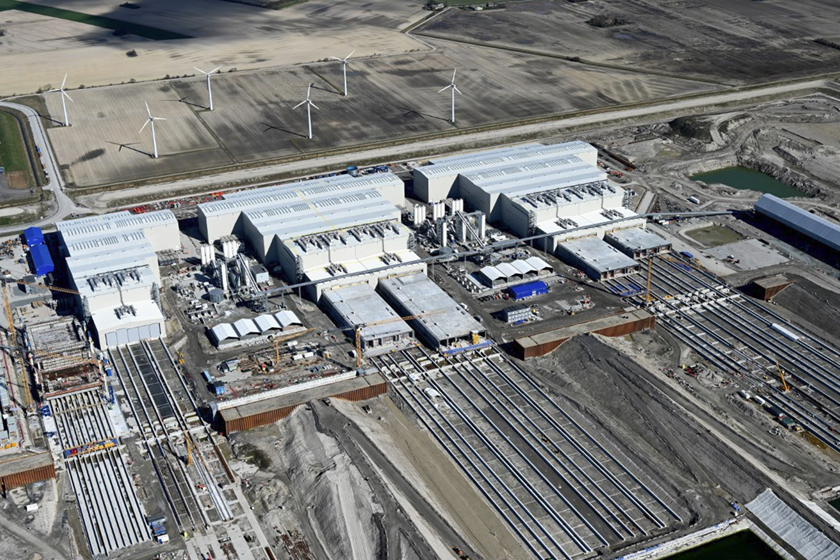- Construction of a new tunnel linking Denmark and Germany has officially commenced.
- The Fehmarnbelt Fixed Link will cut down travel time to 7 minutes by rail and 10 minutes by car.
- The project will be 11.1 miles long, making it the world’s longest underwater road and rail tunnel.
Construction on what will become the world’s longest-ever underwater road and rail tunnel commenced on June 17. When it opens in 2029, the 11.1-mile (18-kilometer-long) “Fehmarnbelt Fixed Link” will connect Germany and Denmark, cutting travel time and improving connectivity between the two nations.
Unlike the longer Channel Tunnel, which links England and France over 31 miles (50 kilometers), the Fehmarnbelt Tunnel offers both rail and road connections.
Read: Bavarian Hyperloop Project Promises Airplane Speeds On The Ground
Dubbed one of Europe’s largest infrastructure projects, it will be constructed by immersing pre-built sections rather than using the boring machine method used with the Channel Tunnel.
Each section is being built at a special facility in Roedbyhavn on Lolland. The 89 pre-fab segments are 217 meters long, 42 meters wide, and 9 meters tall and weigh 73,000 metric tons each. They’ll be placed in a specially dug trench, with the deepest point 40 meters below sea level.
CNN reports that in addition to saving time for travelers, the tunnel is expected to offer environmental benefits, too. “Faster passage of the Belt will make trains a strong challenger for air traffic, and cargo on electric trains is by far the best solution for the environment,” said Michael Løvendal Kruse of the Danish Society for Nature Conservation.
However, some have opposed the new tunnel, including environmental groups, ferry companies, and local municipalities. A federal court in Germany dismissed the complaints, which ranged from alleged unfair competition to concerns over noise and sediment spills.
Currently, the fastest way between the two countries is a 45-minute ferry ride, which millions of passengers use each year.
The tunnel is expected to reduce travel time to around 7 minutes by train or 10 minutes by car. It will also reduce travel time between the major cities of Copenhagen and Hamburg to just two and a half hours by train, versus the four and half hours it takes today.





